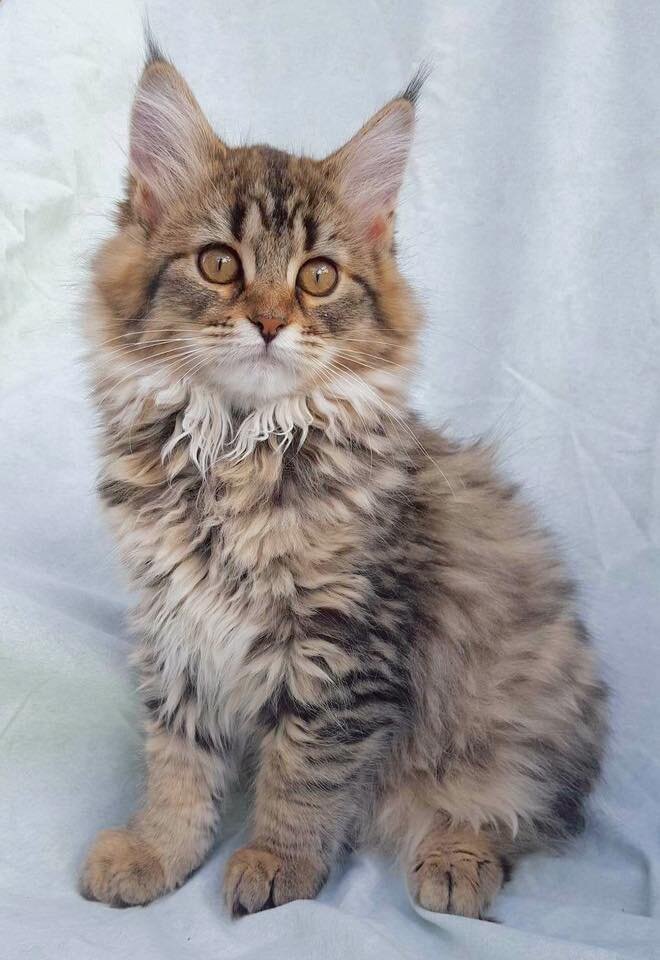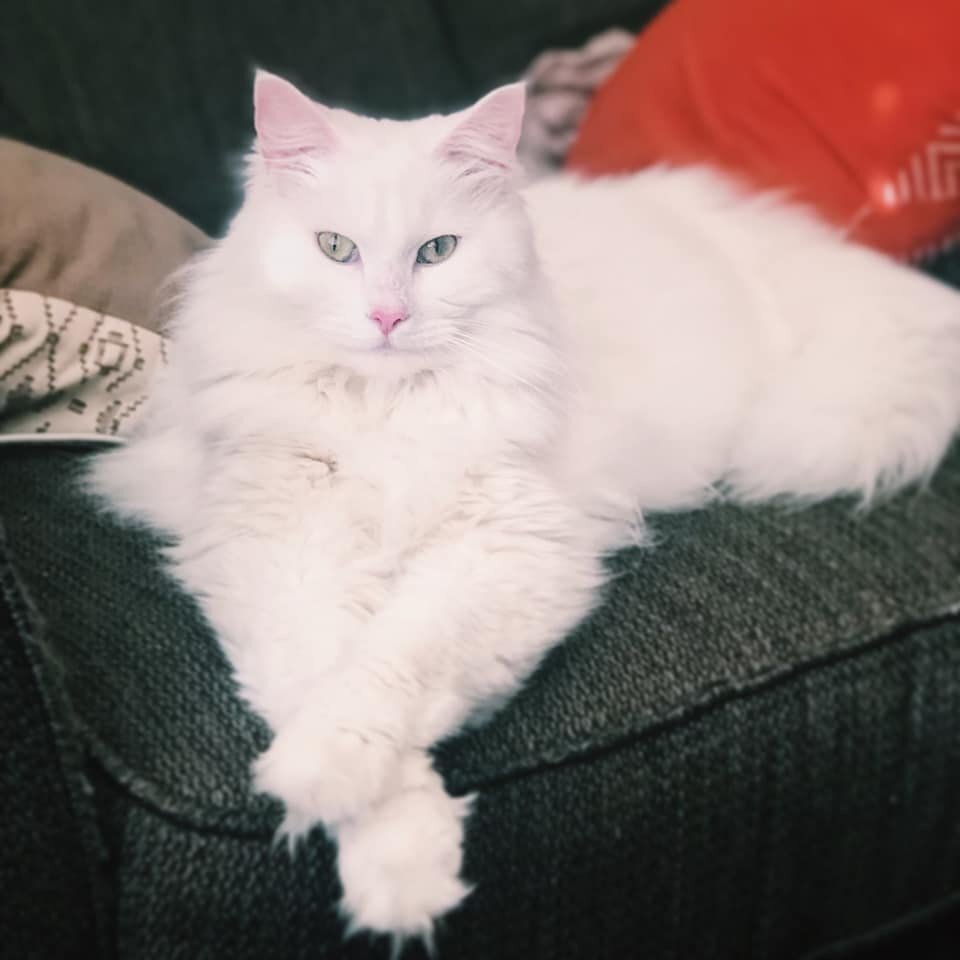Lynx Cats
a breed apart from others...
PipandPaws has been developing some high quality bloodlines of Lynx Cats over the past few years which are registered with RAEFR (Rare & Exotic Feline Registry).
The Rare and Exotic Feline Registry was founded in 1984 to promote the responsible development of new breeds of cats. Today REFR has over 400 catteries registered and over 9,500 cats registered. The registry promotes the responsible breeding and health of all felines.
Lynx cats are rare with only a handful of breeders through the world developing them. We are proud to be going a step beyond to make sure all cats are genetically tested before being used in our bloodlines.
Desert Lynx Breed Group is made up of the breeds Alpine Lynx, Highland Lynx, Desert Lynx, and Mohave Bob.
All of these breeds have identical body type but different ears, color and coat type. Depending on the ears, color and coat they are registered as follows;
Alpine Lynx: Solid white in color
Desert Lynx: Straight ears
Highland Lynx: Curled ears
Mohave Bob: Curled coats
Lynx Cats from our bloodlines posses extraordinary temperament that are sweet, outgoing and full of delightful antics.
Lynx Cats are extremely personable and double the Maine Coon’s loving tempermant. The hair is medium to long that is soft to the touch and supple in density. The ears come curled or straight. Polydactal feet are allowed within the breed. We have found the brown toned cats are exceptionally wild looking.
Highland Lynx
We are very fortunate to have had some top quality pairings that have resulted in some extreme promising kittens, as you can see giant size is resulting due to our efforts.
The curled ears of the Lynx Cats are caused by a dominant gene which both curls the ears and somewhat reduces the size of the ears. When these breeds are bred together, the straight-eared kittens resulting from the breeding do not carry any genes for curled ears.
The first curl-eared cat breed was the American Curl. The breed was developed from a stray kitten named Shulamith, in 1981. She produced some kittens that had curled ears which attracted attention at a cat show in 1983. By 1985/6 the American Curl breed was recognized breed.
The curled coats of the Lynx Cats are caused by a dominant gene. One of the parents must have curled coat in order to produce curled coats.
The white color coats of the Alpine Lynx is not caused by True albinism (a mutation of the tyrosinase gene) is quite rare in cats. Much more common is the appearance of white coat color that is caused by a lack of melanocytes in the skin.
Pure white cats with no marking are not desired due to health related issues. A higher frequency of deafness in white cats is due to a reduction in the population and survival of melanoblast stem cells, develop into a variety of neurological cell types.
White cats with one or two blue eyes have a particularly high likelihood of being deaf. All alpine lynx kittens should have grayish markings on the head that will go away over time. Here at PipandPaws our veterinarian inspects all our kittens extremely careful including hearing to make sure all are of top quality health.
Outcrosses to either unregistered or purebred cats are permitted until January 1, 2013. However, such crosses should be carefully chosen to complement the overall type of the Desert Lynx breed group, which includes Desert Lynx, Highland Lynx, Mohave Bobs, and Alpine Lynx. After January 1, 2013, outcrosses are not permitted except to cats listed in the stud book or foundation book of REFR or another registry.
Gallery
Resource Links
"Highland Lynx". Rare and Exotic Feline Registry. 2016 [2004]. Retrieved August 15, 2016.
"Highlander". Cats 101. Season 4. Animal Planet. Retrieved August 16, 2016.
"Highlander". PetGuide.com. Retrieved August 16, 2016.
"Highlander Shorthair". TICA.org. The International Cat Association. Retrieved August 15, 2016.
"Highlander Cat Stats". Catchannel.com. Catster. Retrieved August 16, 2016.













